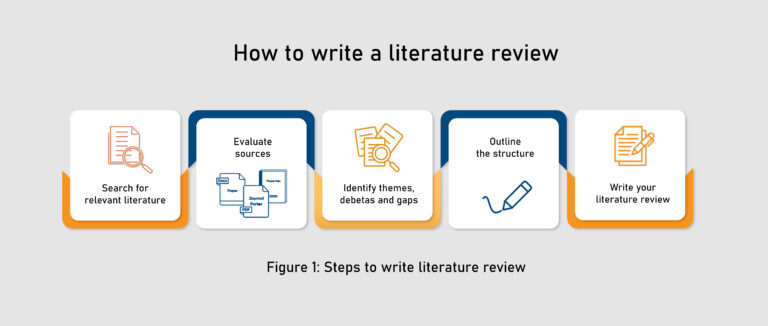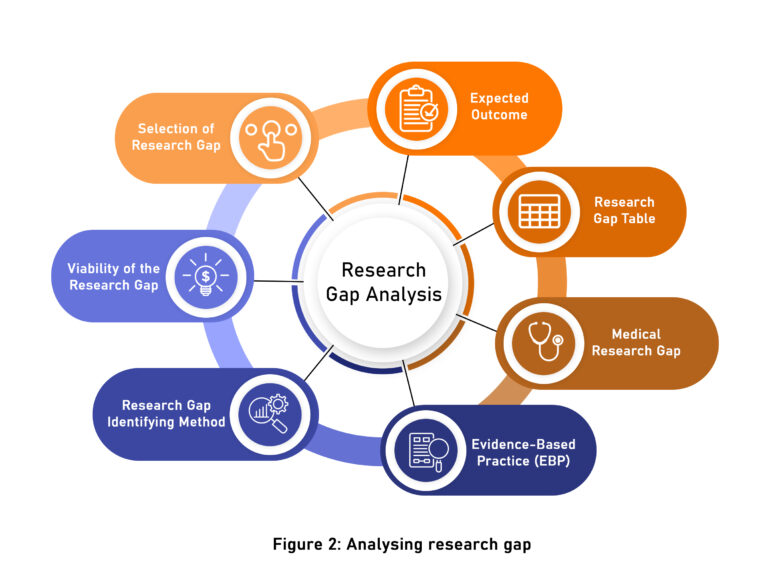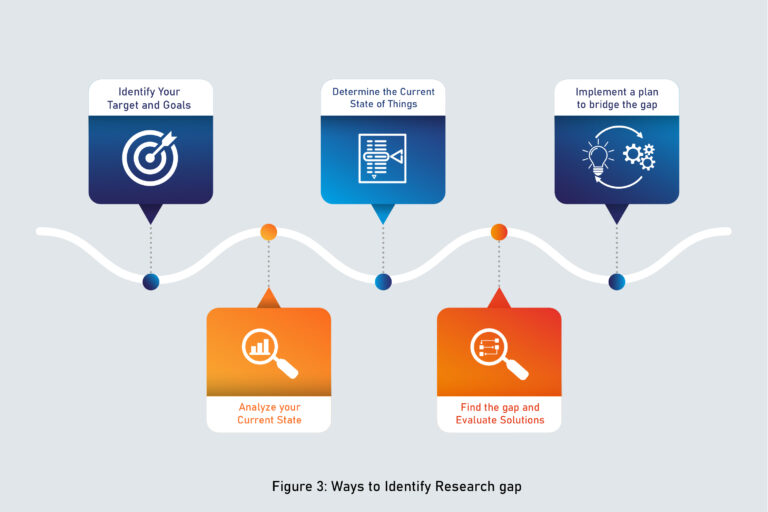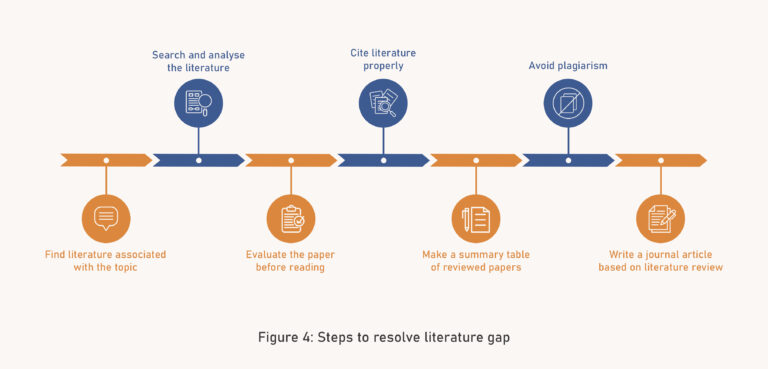An overview of the prior written works on a subject is called a literature review. The expression can be used to describe a complete academic document or a particular section of a work of academic literature, such as a book or essay. “Gaps in the literature” are areas where there are insufficient or missing details in the study literature. These are areas that, as a result of their under- or over-examination, require more research. In this blog, we will know the ways to identify and resolve the literature gap from the literature review.
What is the literature review?
A thorough summary of past research on a subject is called a literature review. Scholarly books, journals, and other sources that are relevant to a particular topic of study are examined in the literature review. This earlier study ought to be mentioned, summarised, objectively assessed, and clarified in the review. It must help you (the author) define the study’s scope and offer a theoretical foundation for it.
By acknowledging the contributions of earlier researchers, the literature review reassures the reader that your work has been thoughtfully conceived. When a previous study on the subject is mentioned, it is assumed that the author has read, assessed, and incorporated that study into the current work.

What is the literature gap?
An unknown subject that can be researched further or further studied is known as a literature gap or research gap. You must do a thorough study of the body of knowledge on your subject, in both the general and the specific areas, in order to pinpoint any gaps in the literature. To find these gaps, you could look through the Introduction and Discussion portions of previous articles on the topic. You may be able to find research gaps based on your own understanding of the issue and existing literature in addition to studying the body of existing material.
The gap, also known as the area that has not yet been sufficiently explored, is also known as the missing piece(s) in the study literature. Population or sample (size, type, location, etc.), research methodology, data collecting and/or analysis, or other study factors or conditions could all fall under this category.

Ways to identify literature gap
Your initial step should involve conducting a thorough literature study. To find these gaps, you will need to critically read throughout the breadth of the literature while you seek journal articles. Finding a “space” or opportunity to contribute fresh research should be your aim. Getting a variety of research publications on your topic is the first step. You might wish to look for studies that use a mix of qualitative, quantitative, and mixed methods to address the problem.
Create a list of potential research questions based on the challenges and problems in your field of study with the assistance of your research advisor. If you have the ability to communicate your thoughts and are aware of what others are thinking and working on, you may be able to identify your study field or even find weaknesses in your approach. If you think it might be interesting to work on, you can talk about a problem with your adviser and get their opinion. Here, we can help you. If you want to know how, please read the blog till the end.
Utilise online technology to speed up and broaden the scope of your search for a research gap while getting acquainted with the hot topics in your area of study. Visit Google Trends to learn more about the most frequently asked topics in your field of study. This can help you in your search for an unexplored area in your field of study.
On the websites of well-known journals, a section titled “Key Concepts” is usually seen where experts in a field highlight the key ideas in that discipline. Reading this area can teach you a lot and inspire you to think of a lot of fresh ideas. In addition, you should study the reference list in these publications since it might point you toward important sources.

Ways to resolve literature gap
When you have identified the gaps, then it is very easy to resolve. The ways have been briefly described below:
After identifying your target and goals, you can now use the peer-reviewed literature to resolve the literature gap to make a better research paper. When reading research articles, you should pay close attention to the Introduction section because this is where the writers highlight the significance of their study topic and the gaps they attempted to fill with their research. Additionally, have a look at the writers’ suggestions or instructions for further research because these could be really inspiring.
Read meta-analyses and review papers to learn more about the improvements and trends in research throughout time in the area you are interested in. This will provide you the chance to become familiar with current questions about the topics that interest you as well as concerns that have been explored in the past.
You must conduct in-depth research on each potential research question after compiling a list of them. Why is this important? Read more to clear up any doubts or questions you may have. Find out whether similar difficulties have been brought up by other scientists and if they have proposed solutions. This will help you avoid making the same effort over and over.

Conclusion
I hope that you have understood that the literature gap not only reduces the quality of that particular research but also it reduces the quality of other research papers also. Now, I think you remember that we told you to keep on reading to the end of the blog. We, at Chanakya Research, can help you not only identify and analyze the research gap but also we will help you to write a better literature review,
To find out more about us and the services we provide, visit our website https://www.chanakya-research.com/.
